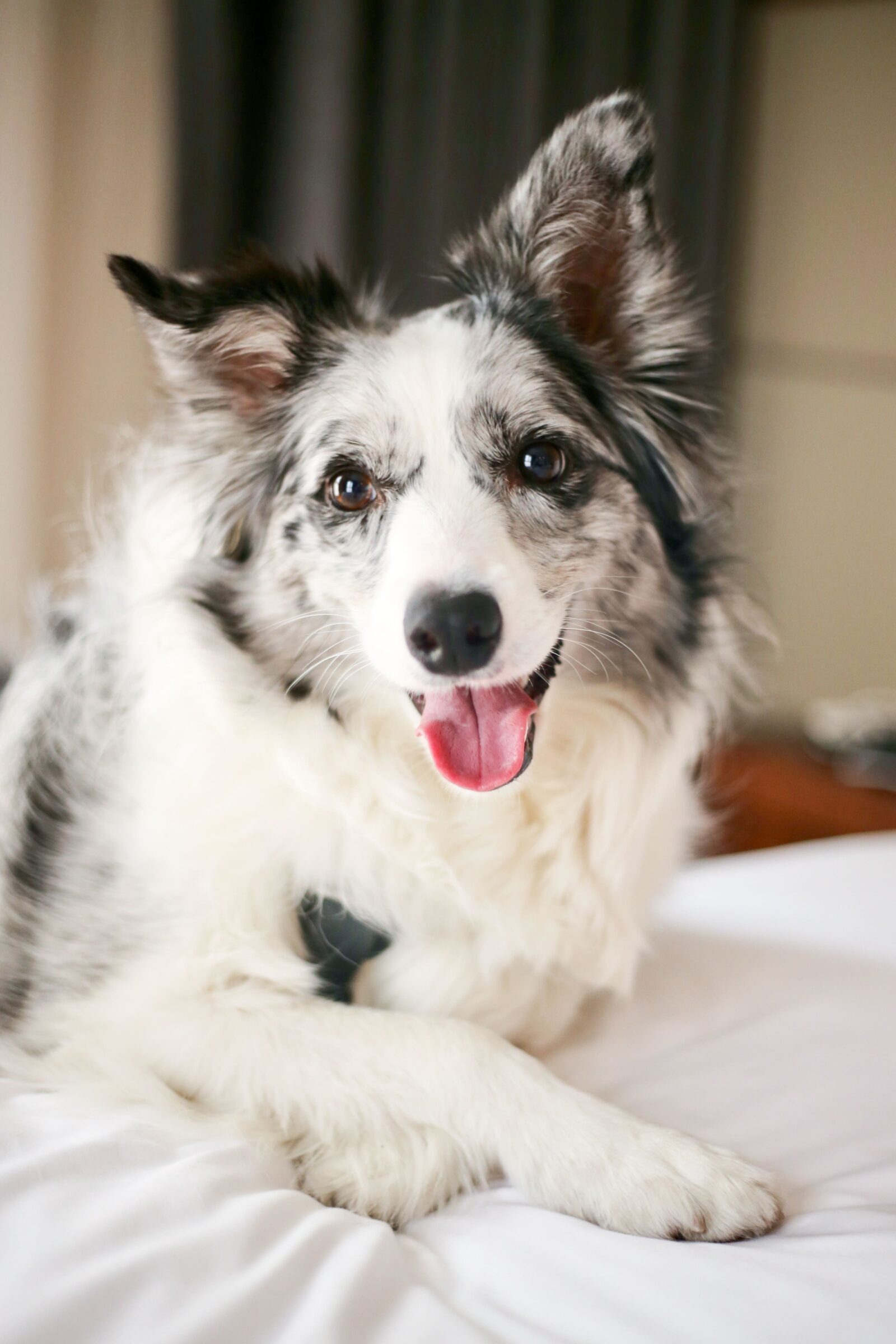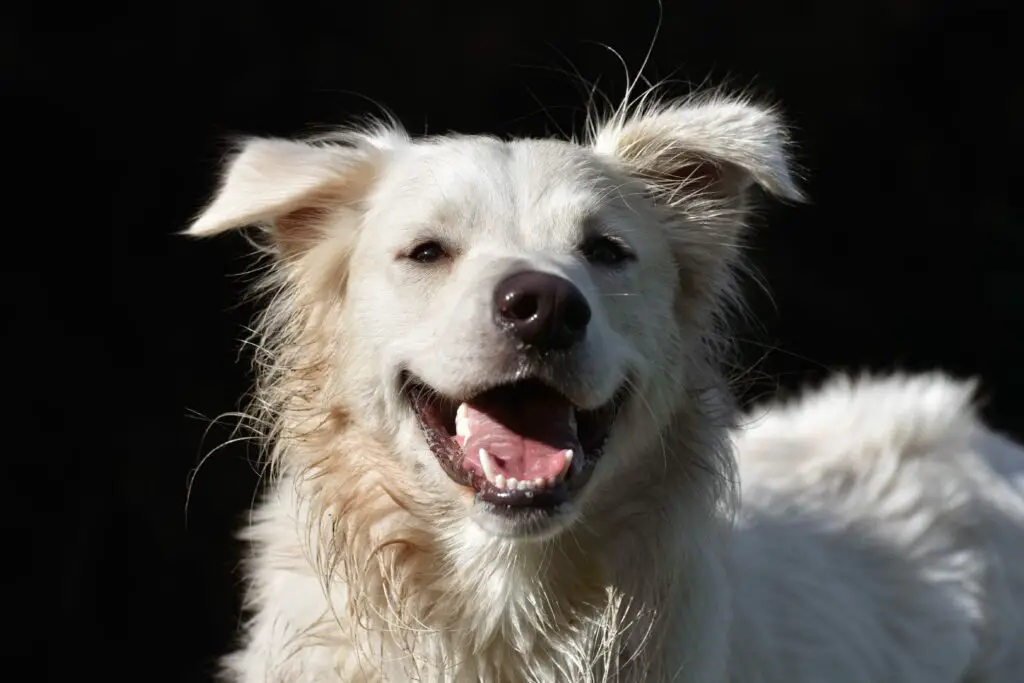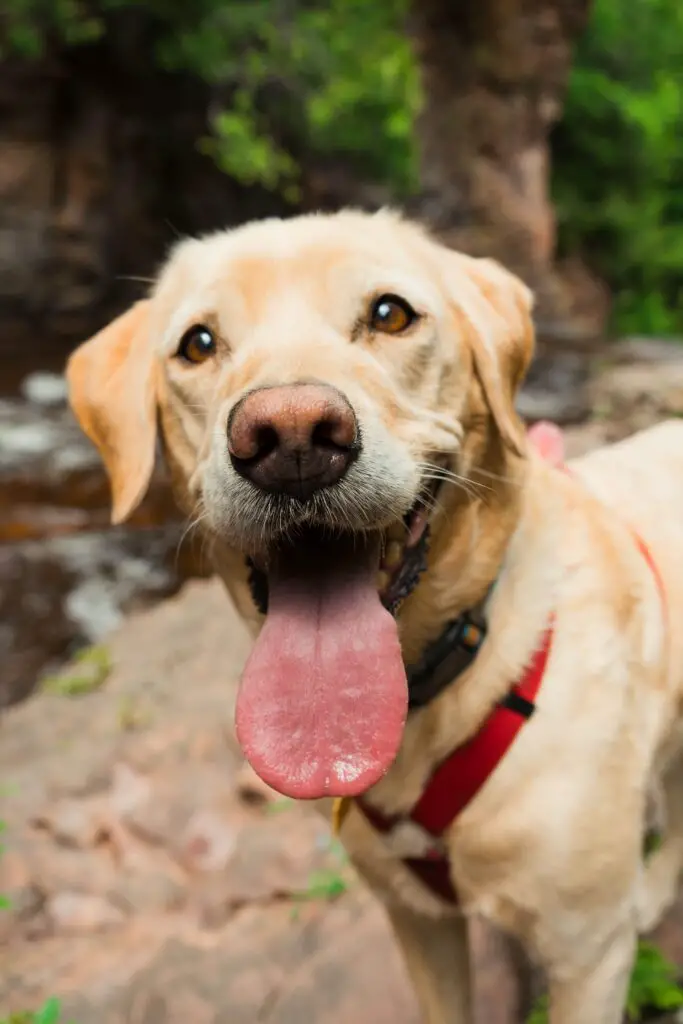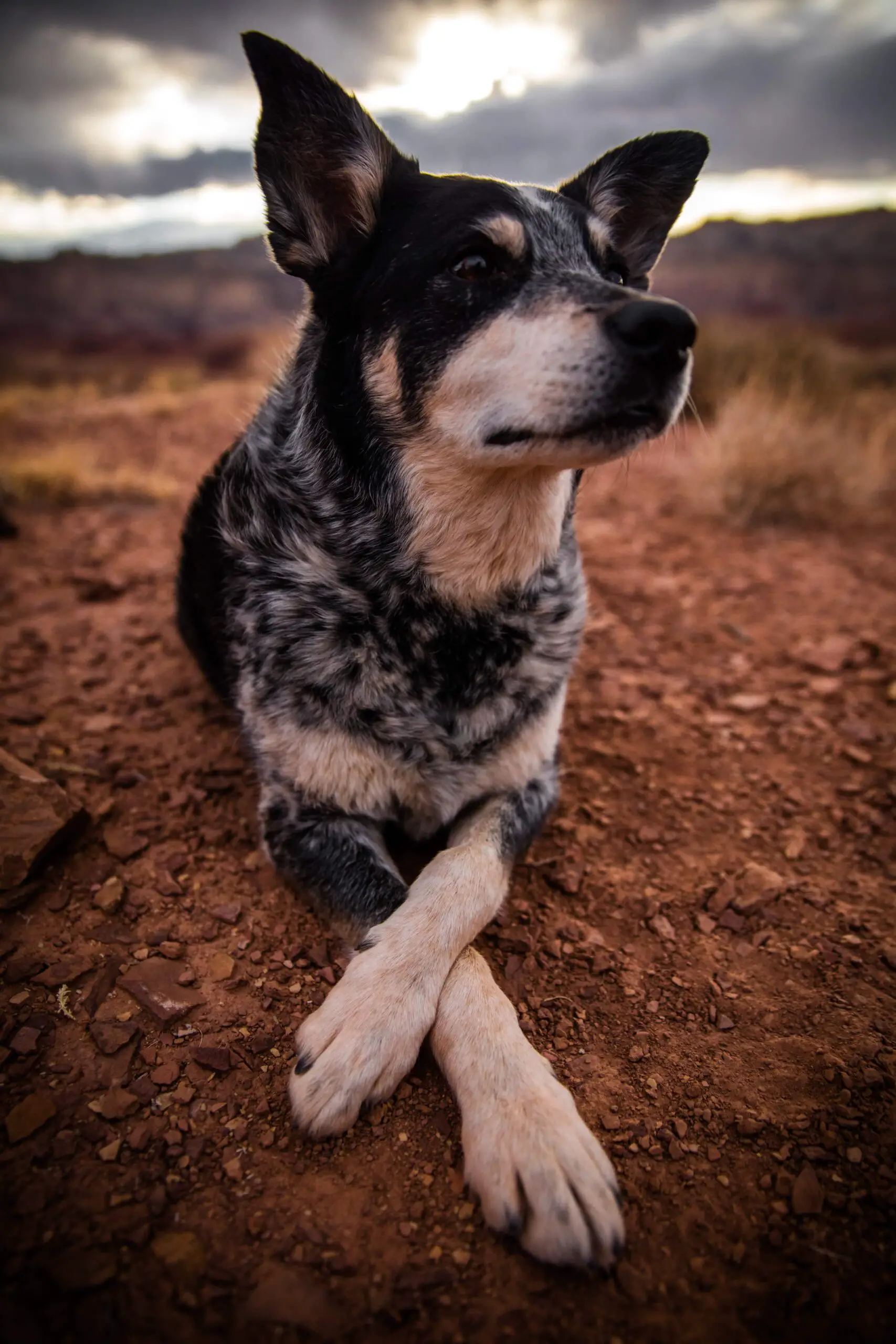
Contents
Zoomy Dogs – Introduction

Has your dog ever experienced sudden bursts of energy where they start running around at full speed? If so, you have experienced what is commonly known as zoomies in the dog world. Zoomies are when dogs run uncontrollably, making sudden turns, jumping, and sometimes even barking uncontrollably. Although this behavior may seem cute and playful, it can also be dangerous for dogs and their owners if not properly managed.
Zoomies! | The Fastest Pet Compilation of the Year | The Pet Collective: https://m.youtube.com/watch?v=zs1wLZ_LRLc&pp=ygUKWm9vbXkgZG9ncw%3D%3D
What Causes Zoomies in Dogs?
Zoomies are a completely natural behavior for dogs, especially puppies. It is simply a release of energy. When dogs become overly excited, they often experience a sudden burst of energy they need to release. Zoomies usually happen after a nap, bathing, or grooming but can also be triggered by playtime, high-stress situations, or separations.
Zoomies are not unique to a specific dog breed but are more prevalent in some breeds than others. For example, Greyhounds have a reputation for being sighthounds and are known to have an affinity for speeding around and running at high speeds.
The Joy and Excitement of Zoomies
Watching your dog having a Zoom session can be quite entertaining. Dogs make quick turns, run in circles, and even jump over things. Their faces are joyful and excited, and their tails wag furiously. Zoomies can be a great way for your dog to exercise and burn off some energy.
Zoomies can also indicate that your dog is happy and healthy. Unhealthy or unhappy dogs tend to be less active or show low energy levels.
The Possible Dangers of Zoomies
Zoomies can be dangerous if not properly managed. During a Zoomy session, a dog can easily crash into furniture, run into walls or doors, or collide with other objects, causing injury to both themselves and any people or pets nearby.
Supervising Zoomy dogs in off-leash areas like dog parks is crucial, as they can run too far away or get into aggressive fights with other dogs.
Owners should also know that zoomies can indicate anxiety, stress, or fear. If your dog has developed zoomies as a reaction to stress or anxiety, it is essential to identify the cause and adjust its environment, activities, and routine accordingly.
How to Manage a Zoomy Dog
As an owner, learning how to manage a Zoomy dog to prevent injuries is essential. Here are some tips:
1. Provide your dog with enough physical activity throughout the day. Exercise regularly, and give them different activities to stimulate their minds, like puzzles or training sessions.
2. Be aware of sudden changes in your dog’s behavior, and adjust their routine if necessary.
3. Keep a close eye on your dog in off-leash areas and try to group them with dogs of similar size and temperament.
4. If your dog exhibits zoomies during specific stressful situations, try to avoid or minimize those situations as much as possible.
5. If your dog starts to have a zoomy session in your home, move any furniture or breakable objects out of their way and try to create an open space for them to run around safely.
Keeping an Eye on Your Dog
If you enjoy taking your dog to off-leash areas, keeping a close eye on them during their zoomies is important. Dogs unfamiliar with each other or with different temperaments can easily get into arguments or become overwhelmed, leading to injuries or worse. Try to group your dog with dogs of similar size and temperament, so they can play and run around safely and happily.
Being aware of your surroundings and any potential hazards is also important. Watch for obstacles your dog could trip over or bump into, such as rocks, logs, or other natural elements. Be mindful of other people and their pets if you’re in a public park or beach area. Not everyone may feel comfortable with your dog running up to them, so be respectful and keep your dog under control.
Creating a Safe Space
If your dog starts to have a Zoomy session indoors, it’s important to create a safe space for them to play. Move any furniture or breakable objects out of their way and try to create an open space for them to run around safely. If you have other pets or children in the house, ensure they are out of harm’s way while your dog has their zoomies.
Establishing clear boundaries with your dog regarding where they are allowed to play is also a good idea. Ensure they understand those rules if you want them off the furniture or in certain house rooms. This can prevent any accidents or damage while they’re having their zoomies.
Avoiding Stressful Situations
If your dog exhibits zoomies during specific stressful situations, minimizing them as much as possible is important. For example, if your dog gets anxious around large crowds or loud noises, avoid taking them to events or places with those factors. By minimizing the number of stressful situations your dog is exposed to, you can help them feel happier and more relaxed overall.
Creating a Safe Space
If your dog starts having a Zoom session in your home, it’s important to create a safe space to run around without endangering themselves or causing damage. Move any furniture or breakable objects out of their way and create an open space where they can run freely without tripping over anything during their Zoom sessions.

Conclusion
We hope this article will help you. Thanks for reading!
More Links:
Pet Spaying and Nuetering – The Importance of Spaying and Neutering Shelter Pets in ’23! https://adoptanim.com/pet-spaying-and-nuetering/
Animal Shelter Misconceptions – Animal Shelter Myths and Misconceptions: Separating Fact from Fiction (09 Myths): https://adoptanim.com/animal-shelter-misconceptions/








Leave a Reply